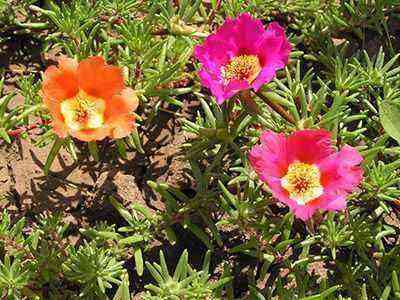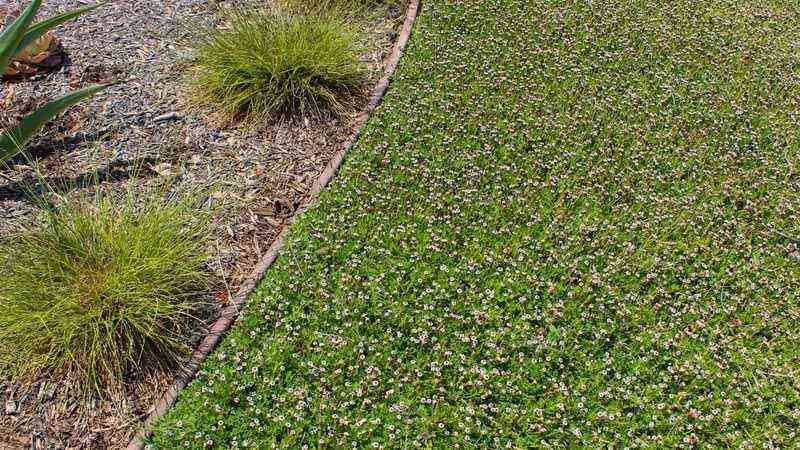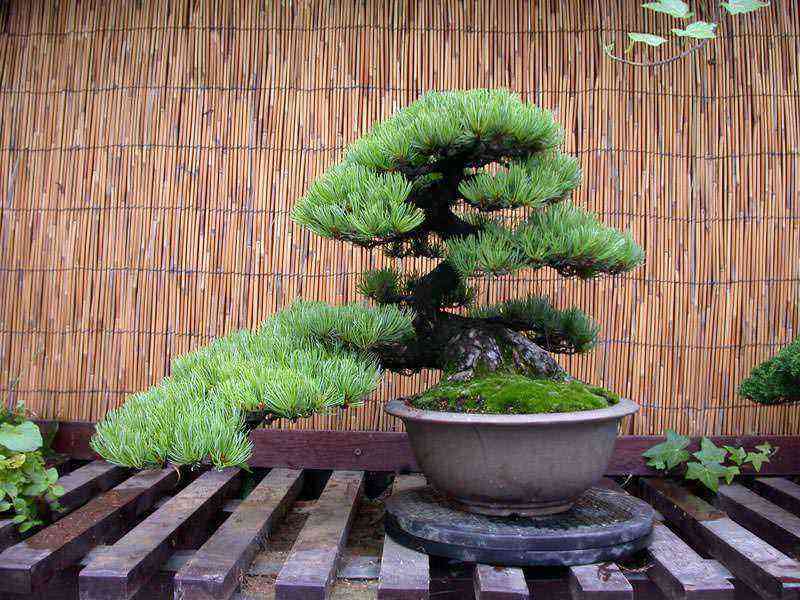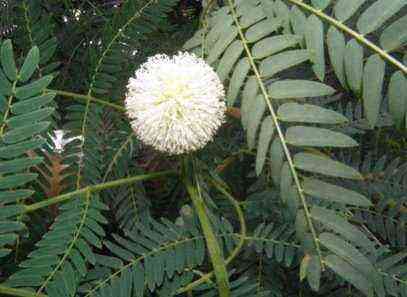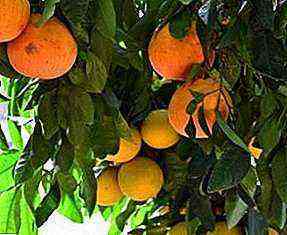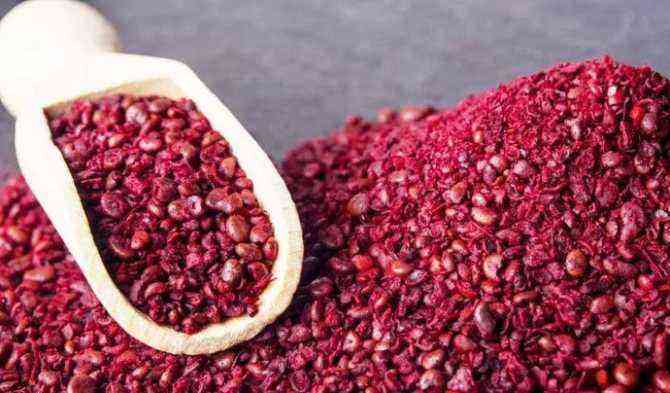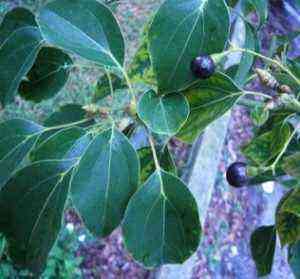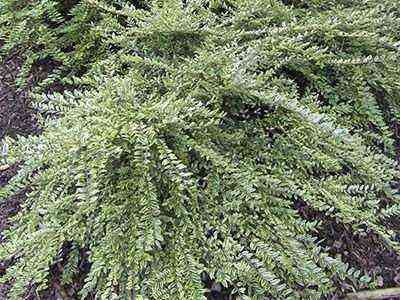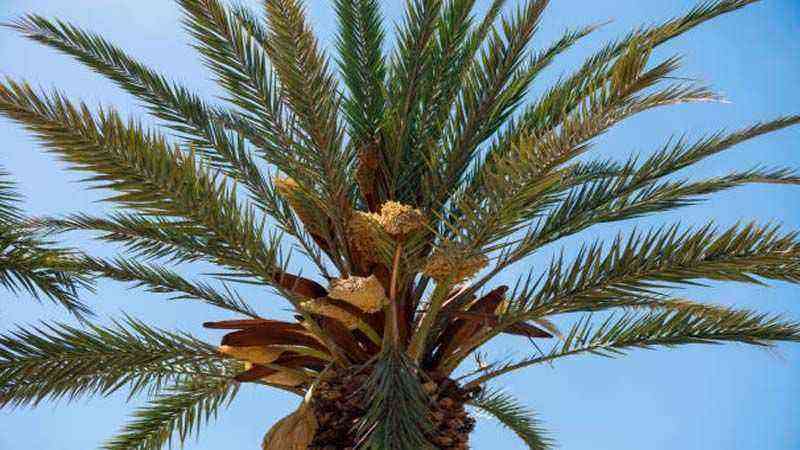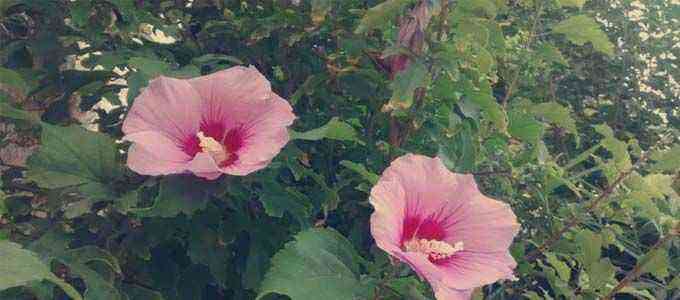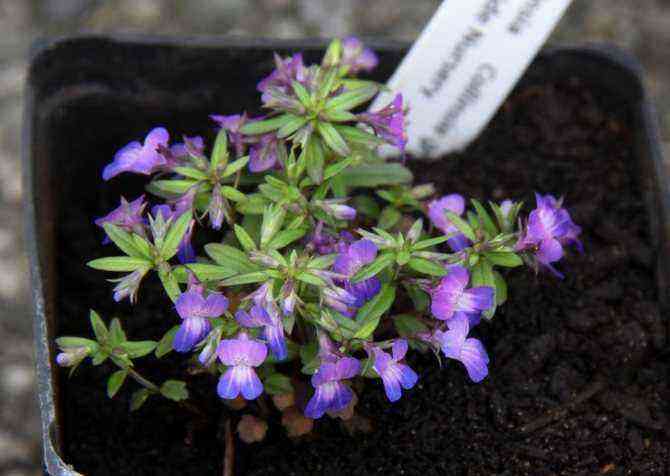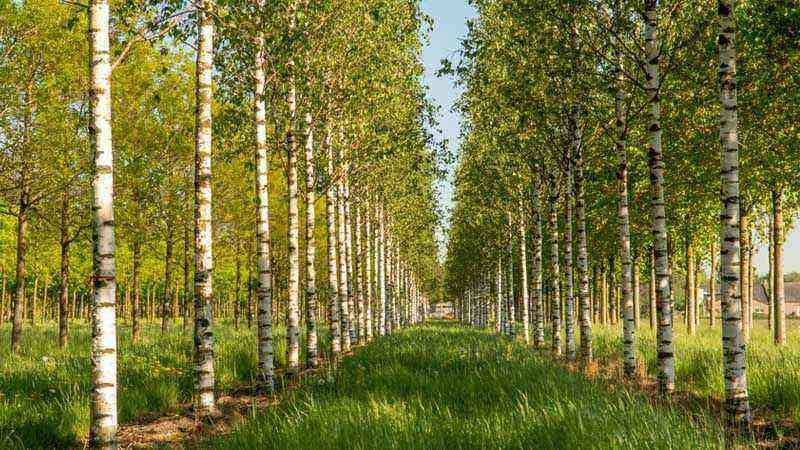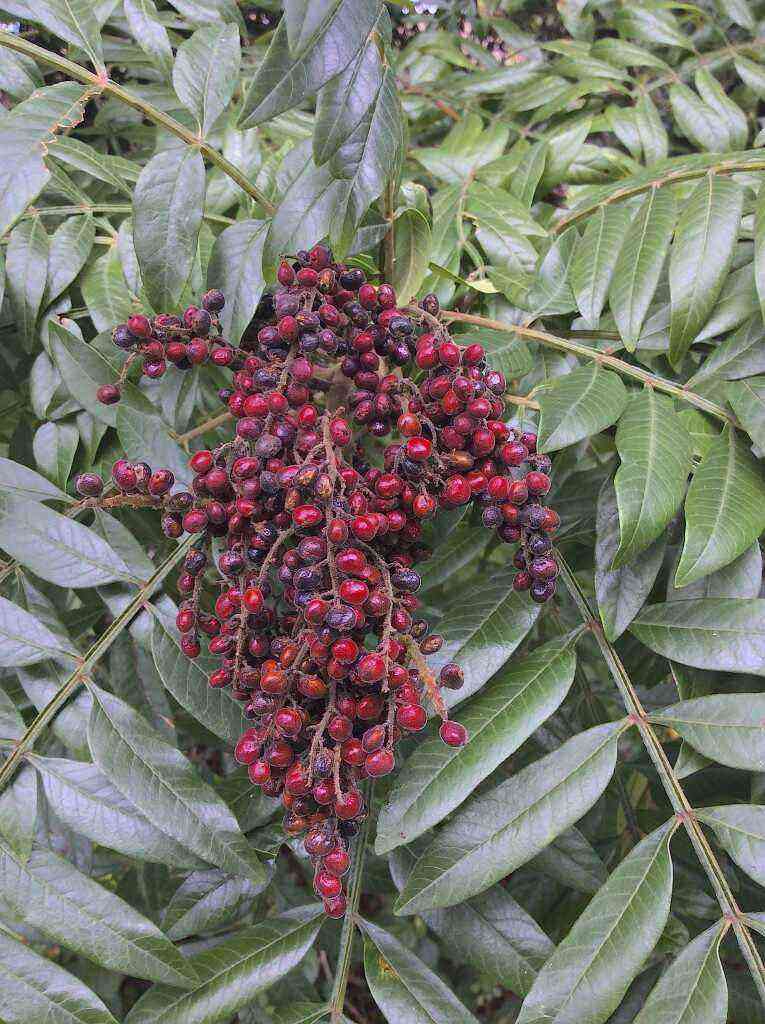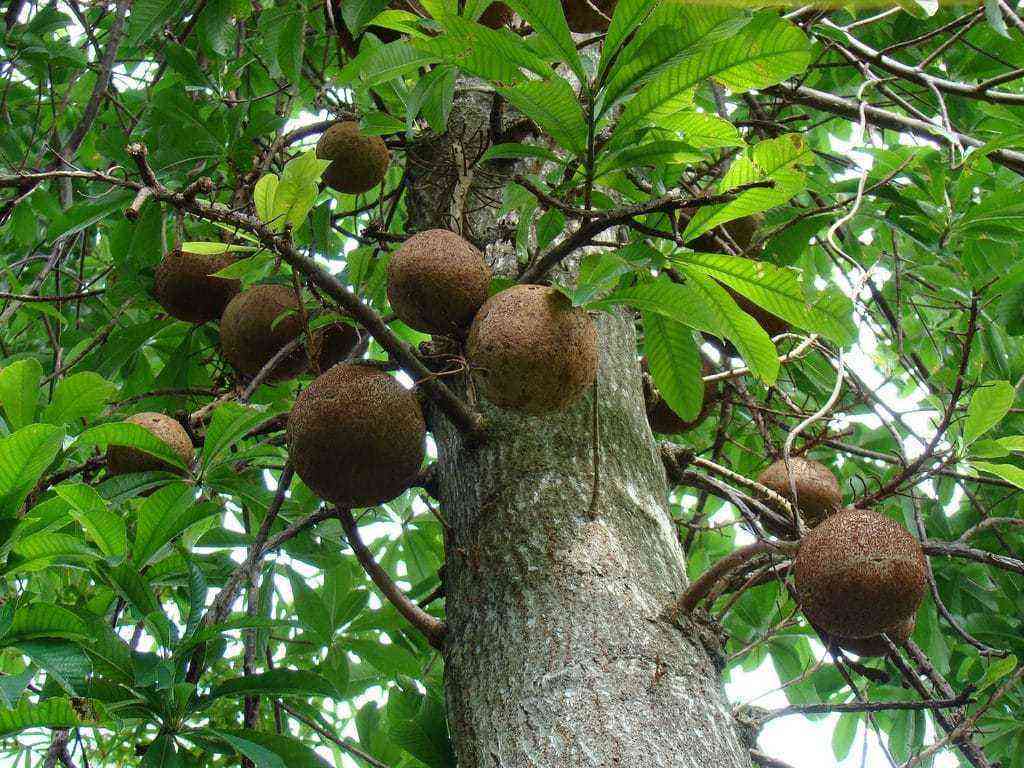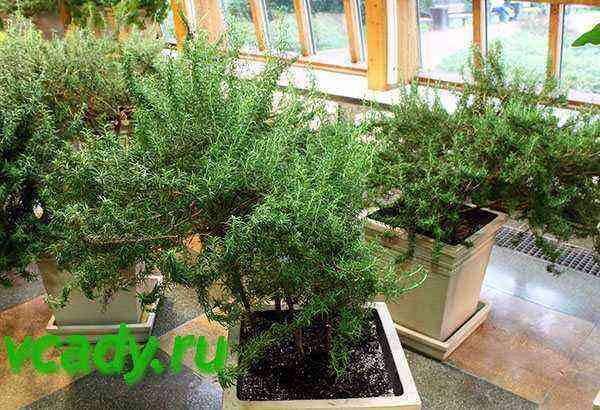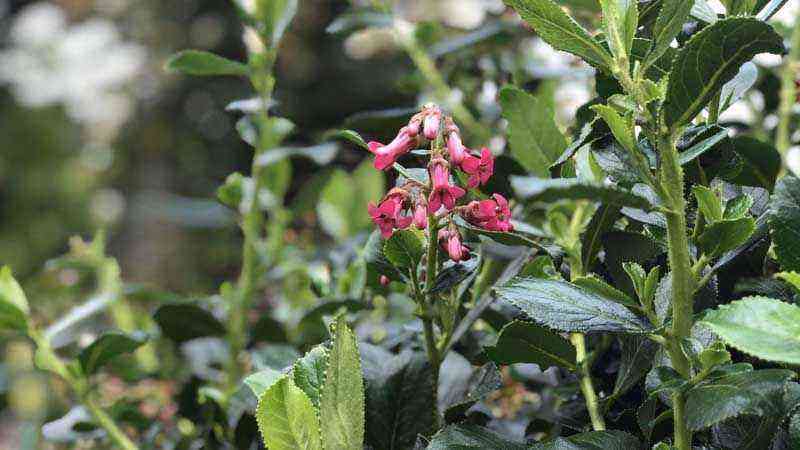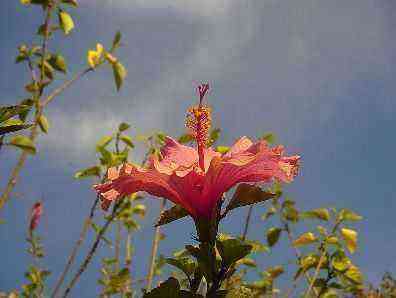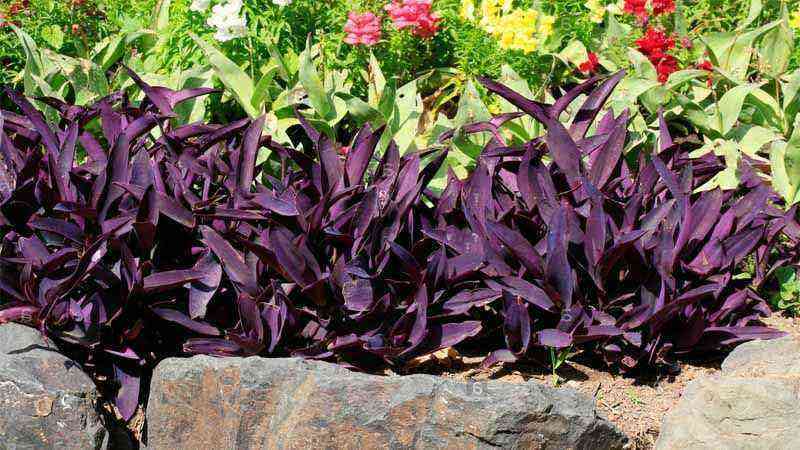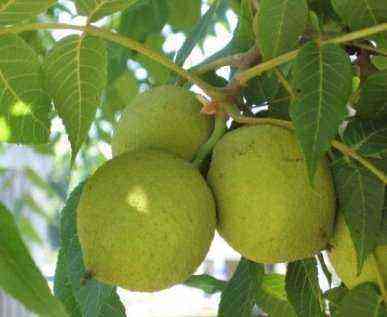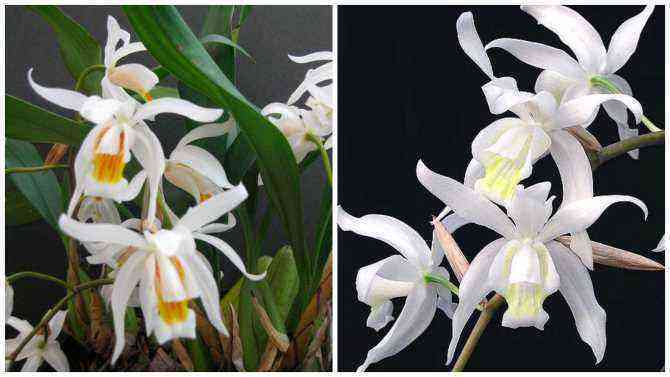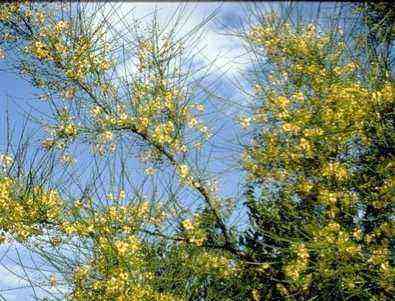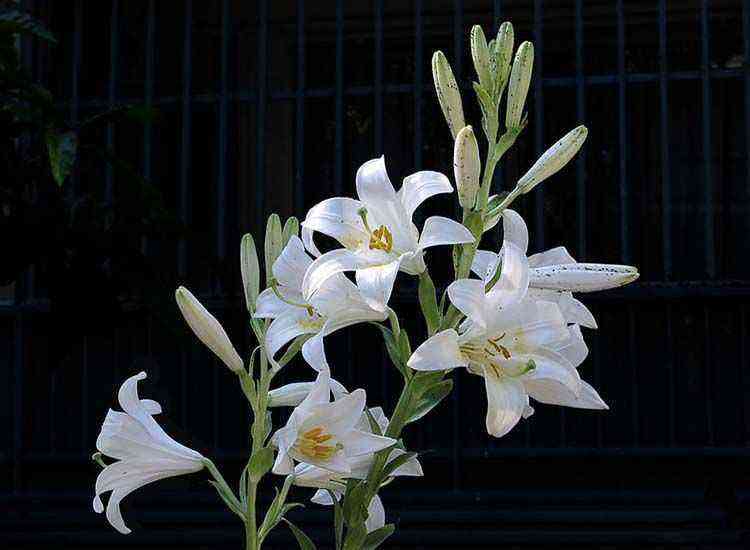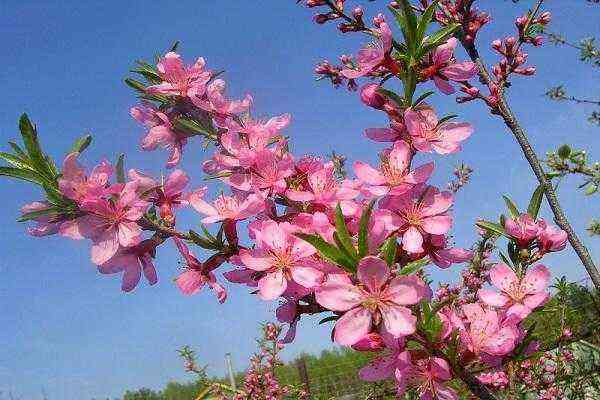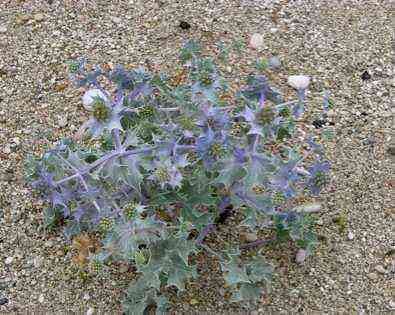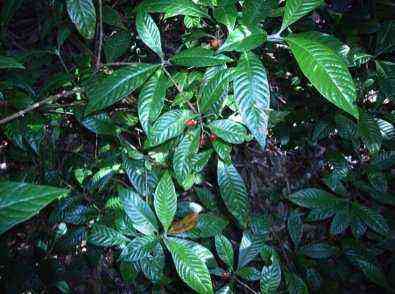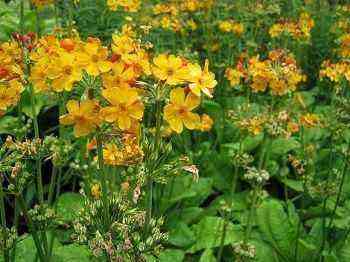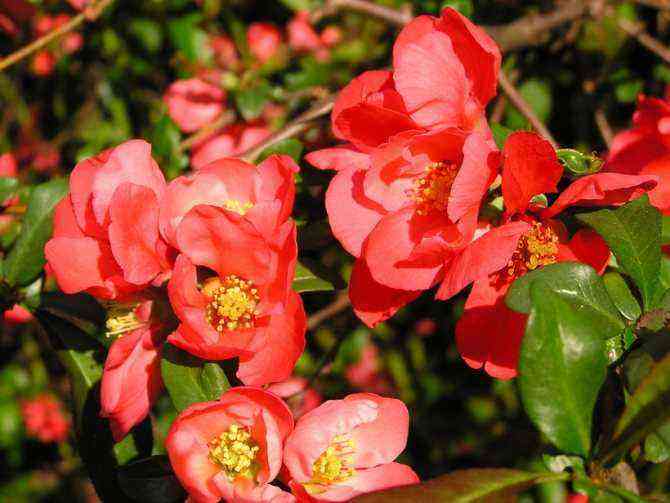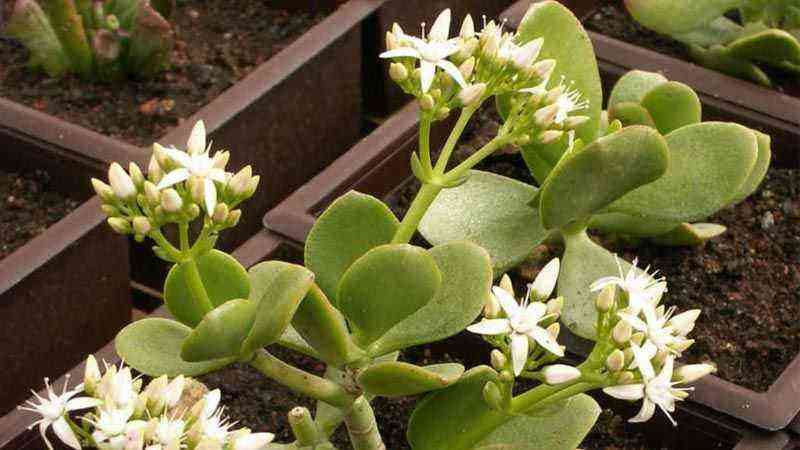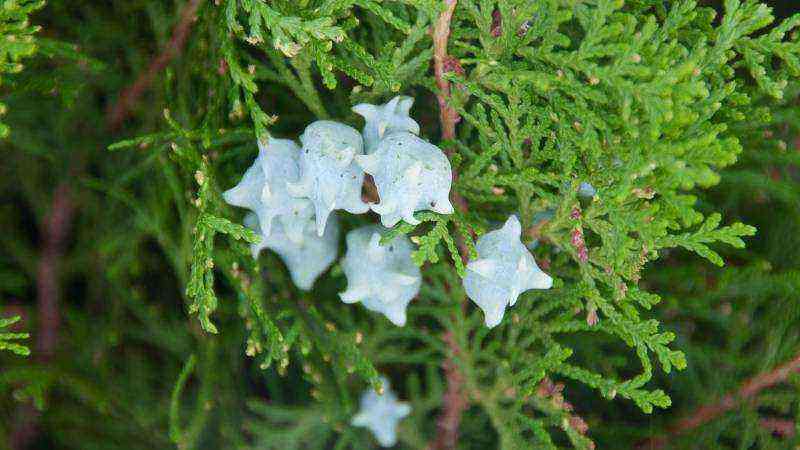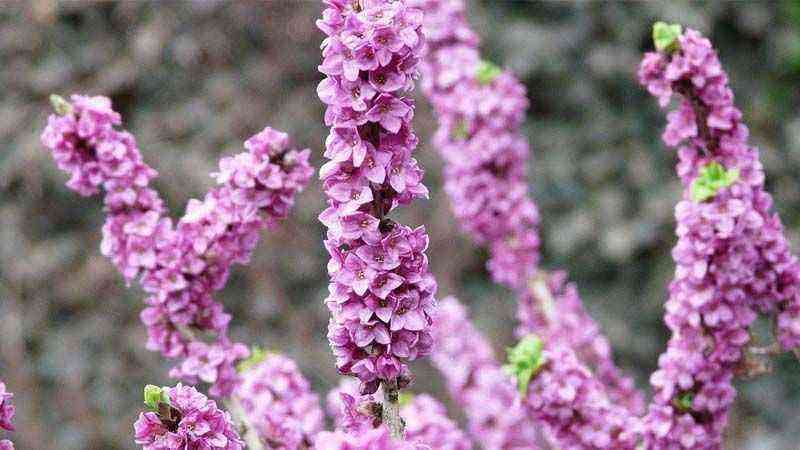Origin and habitat of Erica arborea
Tree heather It is a very common shrub in the Iberian Peninsula, the Balearic Islands and the Canary Islands, especially abundant in the Mediterranean area. It also grows in East and North Africa, Asia Minor, and the Caucasus.
Although there are many varieties of heather, white heather is the único able to alcanzar the tree carving, There is a protected specimen on the island of La Gomera, within the Garajonay National Park that exceeds 22 meters in height.
Both for its ornamental value and for the special characteristics of its wood and roots, it is a bush highly sought after and valued.
Erica arborea, is commonly known as white heather Although depending on the area, it has different vernacular names such as urce blanca in Galicia, brezu or briezu in Asturias, Iñarra in the Basque Country or Bruc in Catalonia and the Valencian Community.
Main characteristics of white heather
Belonging to the family Ericaceae. The white heather is a shrub of slow growth and dense branches, which usually measure between 50 cm. and 2 meters high, being able to become a tree between 7 and 12 meters high in areas of Andalusia and the Canary Islands due to its special weather.
It begins to branch out practically from the base. The youngest branches are covered with uneven hairs and the main trunk and the oldest branches are covered by a fibrous, brownish-brown bark that sloughs off in thin elongated strips when mature.
The leaves of the white heather are perennials, smooth, hairless and of an intense and bright green color. Its smooth edges fold in on themselves and give elongated needle shape about 3 to 8 mm. long by 0,5 to 0,7 mm. Wide. They are arranged grouped in whorls of three or four units, resembling the blades of a fan.
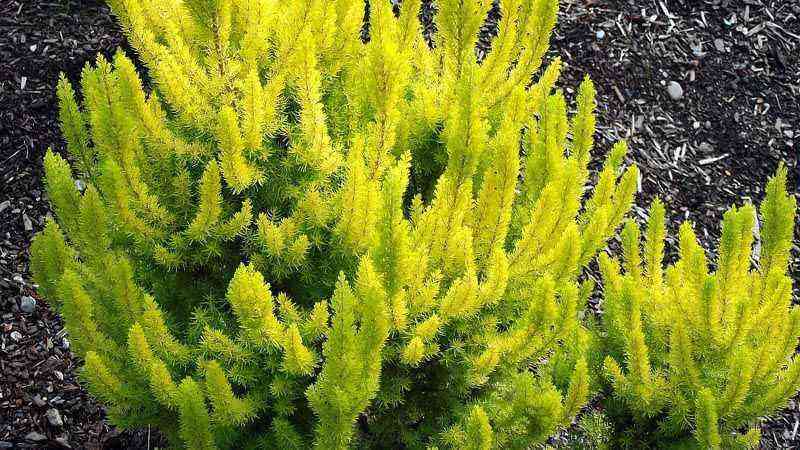
Foliage of Erica arborea. Photo by: Snapshooter46
The white bloom is its main attraction
Blooms towards the end of winter o early springIts white or light pink flowers are very small, about 3 mm., but very abundant. On the branches of the white heather, they form a large pyramidal panicle or cluster with the pedicel attached to three small bracts that hold the bell-shaped corolla.
The fruit is a small globose capsule of about 2 mm. It is composed of 4 valves and inside it contains small black seeds.
Care Tree heather
The white heather is a shrub of fairly easy cultivation and resistant to pests and diseases. It is very very rustic. It has the property of producing what is called heather land, a very nutritious substrate that occurs mainly in heaths. Places where they grow in great numbers, either in the wild or by human hands. For example, in areas where it is used for reforestation together with native plants. The rich soil of the heaths allows trees and plants to grow optimally and healthily.
In its wild form it grows in areas close to the natural water courses or in rainforests such as pine, beech or oak groves and at a maximum height of 2000 meters above sea level.
Substratum
To grow Tree heather in gardens, the substratum must be acid, since it does not support calcareous soils. The substrate must have a good sewer system, because although it likes humidity, a waterlogged soil could spoil its roots and kill the plant.

White heather in bloom. Photo by: Tim Waters
Irrigation and compost
El irrigation must be little or moderate, it is a plant that withstands drought well. It is best to wait until the soil is completely dry to water it.
By itself it is a plant that enriches the earth, but it does not hurt to help it. In early spring, fertilizing the land with some compost organic.
Pruning
Despite not needing much maintenance, if we want to keep them beautiful to look at in our garden, we will prune the oldest and driest branches and remove the withered flowers. This will always be done during the warmer months. A freshly pruned plant could be damaged in low temperatures.
Multiplication
The multiplication of the white heather can be achieved through seeds planted during the spring. It can also be made from cuttings that we will select from a tender branch and plant at the end of the summer.
If we have a young specimen that we want to transplant to a definitive location in the garden, we should always do it during the spring or autumn.
Uses and curiosities of Tree heather
Both the branches and the wood and roots of the white heather are highly valued for different uses.
Due to its characteristic thin and dense branches, it is used in the manufacture of craft brooms and also to make awnings on terraces or concealment fences.
Its firewood is highly appreciated for the ease with which it ignites, which is why it is widely used especially in forges and wood ovens, as well as being one of the best for firewood. charcoal making.
Su wood, of a beautiful streaked reddish color, is hard y dense, which is why it is highly appreciated by cabinetmakers and turners, from which they carve small carvings and sculptures.
The root, which has a very beautiful and characteristic veined appearance, is highly valued for the manufacture of smoking pipes. The Ferrari firm uses it to manufacture dashboards and gear lever knobs for their cars.
As a curiosity, according to the anthropologist Juan Luis Arsuaga, the Scottish clans were not distinguished by the color or pattern of their skirts. Their mark of distinction between clans was the type of heather they wore on their hats, for example, red heather or white heather. Also the Scots, specifically the Picts, a confederation of clans, brewed a beer that the British poet and writer Robert Louis Stevenson describes in the poem: sweeter than honey and stronger than wine?
Ah! and Sherlock Holmes’s favorite pipes were heather root.
